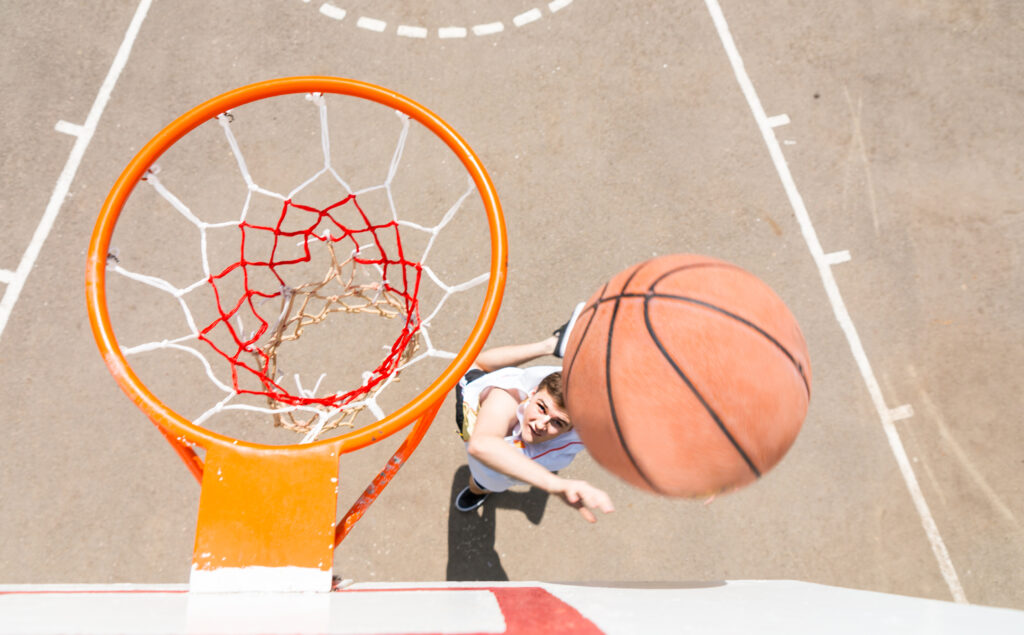Basketball is not only a sport; it’s an expression of energy, movement, and emotion. drawing:cul23ybyzfm= basketball brings together the physical excitement of the game with the creativity and precision of art. This unique combination allows artists to capture the essence of basketball, whether it’s the dynamic motion of a slam dunk or the intense focus of a player preparing for a free throw.
In this blog post, we will explore the world of drawing:cul23ybyzfm= basketball, guiding you through the tools, techniques, and methods needed to create realistic and engaging basketball art. Whether you’re a seasoned artist looking to expand your skills or a basketball fan eager to express your passion through art, this guide will provide you with everything you need to know.
Table of Contents
Essential Tools and Techniques for drawing:cul23ybyzfm= basketball
Creating a realistic and dynamic drawing of basketball scenes requires the right tools and a solid understanding of essential techniques. When approaching drawing:cul23ybyzfm= basketball, it’s important to start with basic supplies. The fundamental tools you’ll need include a range of pencils, erasers, paper, and, optionally, digital drawing tools. Pencils are crucial, as different grades will help you achieve various shades and details. For example, an HB pencil is great for initial sketches, while a softer pencil like 2B can be used for shading. Erasers are equally important for refining your work; kneaded erasers are particularly useful for gently removing small areas of graphite without damaging the paper. When choosing paper, opt for a smooth, thick sketchbook paper that can withstand multiple erasures without tearing.
Beyond the tools, understanding the techniques is key to mastering drawing:cul23ybyzfm= basketball. One fundamental technique is learning to sketch the basic shapes, particularly circles and ovals, as these form the foundation of any basketball drawing. Shading is another critical aspect, as it adds depth and realism to your artwork. By applying different pressures with your pencil, you can create shadows and highlights that make the basketball appear three-dimensional. Perspective is also essential, especially when drawing basketball players or courts; it helps to give your drawings a realistic sense of space and movement. For those interested in digital art, tools like Adobe Photoshop or Procreate offer a wide range of brushes and effects that can enhance your work, making it easier to adjust mistakes and experiment with different styles.
Step-by-Step Guide to drawing:cul23ybyzfm= basketball
Drawing a basketball may seem simple at first, but achieving a realistic representation requires attention to detail and a methodical approach. The process begins with a light sketch of a circle, which will serve as the foundation for your basketball. This initial shape doesn’t need to be perfect, as it can be refined later on. The next step involves dividing the circle into sections to create the familiar lines of a basketball. These lines should be slightly curved to follow the contour of the sphere, giving the ball its distinctive look. A common mistake beginners make is drawing these lines too straight, which can flatten the appearance of the ball.
Once the basic shape and lines are in place, the next step is to add shading to give the basketball a three-dimensional look. Start by determining the light source in your drawing, which will help you decide where the shadows and highlights should be placed. The areas opposite the light source should be shaded more heavily, while the areas closest to the light should be left lighter. This contrast creates the illusion of depth. Additionally, adding small details like the texture of the ball’s surface and the valve where it is inflated can further enhance the realism of your drawing. By following these steps, you can create a basketball that not only looks accurate but also feels dynamic and lifelike on the page.
Capturing Dynamic Basketball Movements
One of the most exciting aspects of drawing:cul23ybyzfm= basketball is capturing the movement and energy of the game. Basketball is a sport defined by its speed, agility, and explosive actions, and translating these qualities onto paper can be both challenging and rewarding. The key to capturing movement in your drawings is to understand the body’s anatomy and how it moves in different poses. For instance, when drawing a player going for a slam dunk, focus on the extension of the arms and legs, the arch of the back, and the positioning of the hands on the ball. These details convey the power and athleticism involved in the action.
In addition to anatomy, the use of lines of action can greatly enhance the sense of motion in your drawings. Lines of action are fluid, sweeping lines that guide the eye through the movement of the figure, emphasizing the flow and direction of the action. For example, in a drawing of a player dribbling down the court, the line of action might curve through the player’s spine, down the leading leg, and through the arm controlling the ball. This technique helps to unify the movement and makes the drawing feel more dynamic. Finally, don’t forget to incorporate the environment around the player, such as the position of other players or the ball, as these elements add context and further emphasize the motion in the scene.

Drawing the Basketball Court
When it comes to drawing:cul23ybyzfm= basketball, the court itself plays a crucial role in setting the scene. A well-drawn court provides context and enhances the realism of your artwork, making it more engaging for the viewer. Start by sketching the basic layout of the court, which includes the key areas such as the three-point line, the free-throw line, the key, and the center circle. These elements should be drawn with precision to maintain the integrity of the scene. Using a ruler can help ensure that your lines are straight and that the proportions are accurate.
The court isn’t just a flat background; it has a texture that can add depth to your drawing. Pay attention to the wood grain of the floor, the reflections of the lights, and any scuff marks that might be present. These small details can make a big difference in the realism of your drawing. Additionally, consider the perspective from which you are drawing the court. A one-point perspective is often used for straightforward views, while a two-point or three-point perspective can be used to create more dynamic and dramatic angles. Perspective drawing is essential for making the court look three-dimensional and ensuring that the placement of the lines and hoops is accurate from the viewer’s point of view.
Advanced Techniques and Enhancing Your Drawing
As you become more comfortable with drawing:cul23ybyzfm= basketball, you may want to explore advanced techniques to elevate your artwork. One such technique is the use of perspective to add depth and dimension to your drawings. Understanding how to apply one-point, two-point, or three-point perspective will allow you to create scenes that feel more immersive and realistic. For example, a drawing of a basketball court using three-point perspective can give the impression that the viewer is looking down on the action from above, creating a dramatic and engaging composition.
Lighting and shading are also critical components of advanced basketball drawings. By mastering the way light interacts with the forms in your drawing, you can create a sense of volume and texture that makes the artwork pop. Shading techniques such as hatching, cross-hatching, and blending can be used to create smooth transitions between light and shadow, adding a lifelike quality to the players, the ball, and the court. Experimenting with different light sources and intensities can also change the mood and focus of your drawing, highlighting specific elements or creating a more dynamic scene. As you refine these techniques, you’ll find that your drawing:cul23ybyzfm= basketball artwork becomes increasingly sophisticated and impactful.
Showcasing and Improving Your Basketball Art
Once you’ve completed your drawing:cul23ybyzfm= basketball artwork, the next step is to showcase it effectively and seek feedback to continue improving. Creating a portfolio is an excellent way to organize and present your best work. When compiling your portfolio, consider arranging your drawings by theme or technique to demonstrate your versatility as an artist. Including a variety of perspectives, movements, and compositions will show the breadth of your skills in capturing the essence of basketball.
Sharing your work on social media platforms such as Instagram, DeviantArt, or Pinterest can also help you reach a wider audience and gather valuable feedback. Engaging with online communities of artists and basketball enthusiasts allows you to exchange tips, critique each other’s work, and find inspiration for future projects. Constructive criticism from peers can be particularly helpful in identifying areas where you can improve, whether it’s in the accuracy of your anatomy, the fluidity of your lines, or the realism of your shading. As you continue to practice and refine your techniques, you’ll find that your ability to capture the excitement and energy of basketball through drawing only gets better with time.
